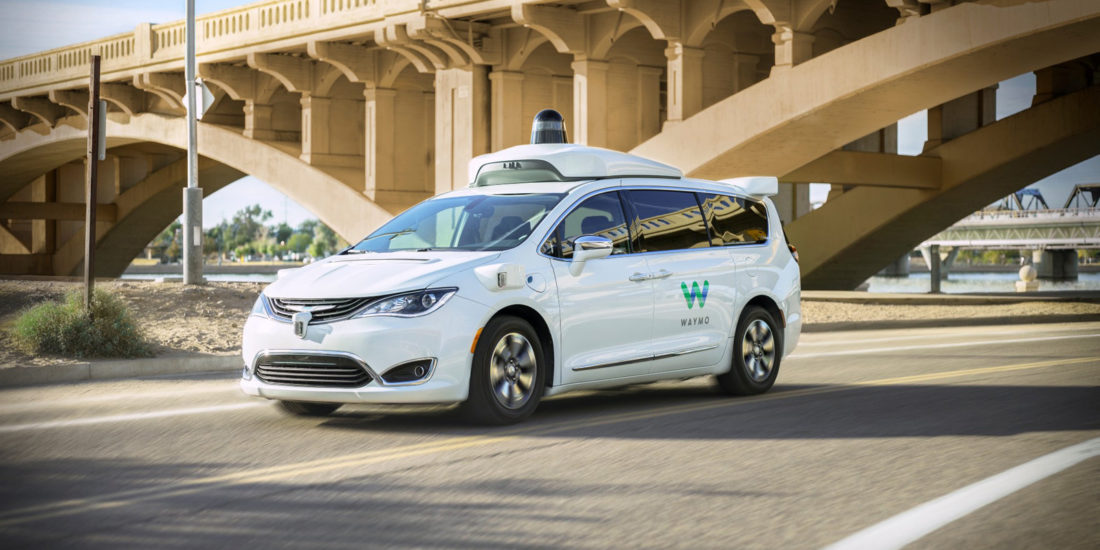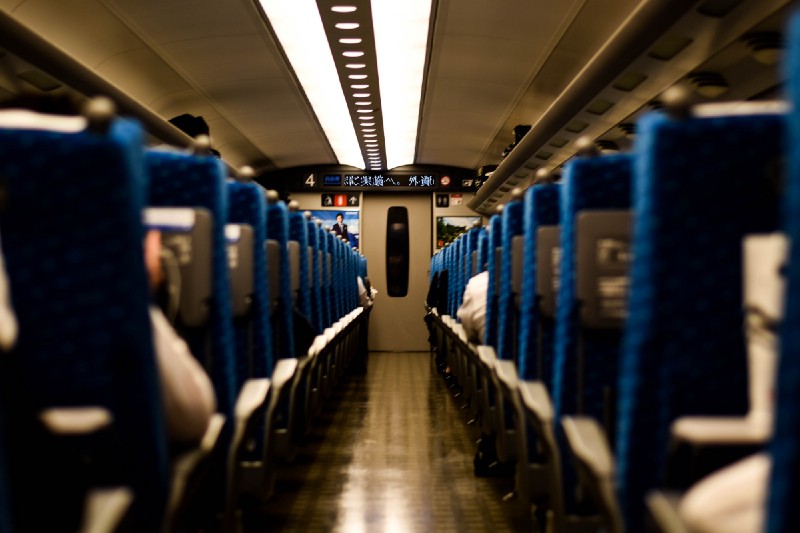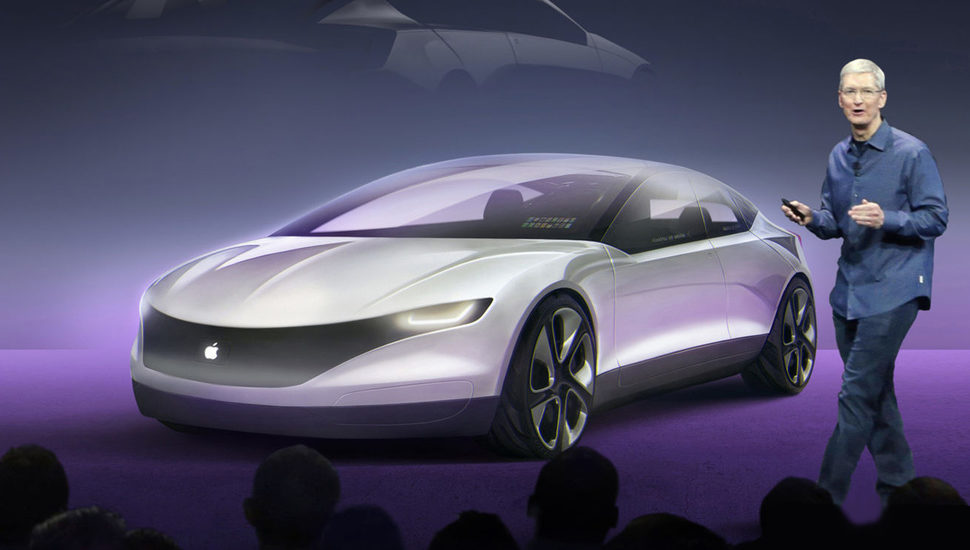
Will Parking Meet Its Death With The Advent of Autonomous Cars?
Autonomous cars are something that a lot of people are excited about. Many predict that with the advent of self-driving cars, many people are prophesying the death of various services. Among them comes parking. Many people argue that parking would be something of the past and that from now on there would be no need for parking.
Autonomous cars are expected to whisk away passengers and goods without the need for stopping or parking or passengers or trips. Autonomous cars are poised not just to commute passengers, but also for a variety of other goods and services. But that is far from true. In fact, this $100 billion market is expected to take off once again.
Many companies have been investing loads, like $100 million into valet parking startups. Though they failed miserably, these $100 million investments are nothing when compared to the estimated $80 billion invested in autonomous vehicles in just the past three years.
Parking’s Useful

According to market analysts, autonomy is nigh, and the opportunities are endless. Many services would definitely be killed, and parking comes at the top of the list. But though parking might sound as a nuisance, parking can play a very positive role in our cities both in the present and also for tomorrow.
Street parking is a true nuisance to commuters and a vehicle dump for cities. And the worse part? Many metropolitan cities encourage street parking. Though there was not much traffic as there is today when the initiative was introduced, street parking is now being completely impractical. Street parking causes traffic congestion, and that again leads to the wastage of petroleum fuels.
Research and studies suggest that as long as on-street parking is available, it would be used for sure. And so governments should be moved to abandon on-street parking, and once that is done, the free space can be used for more productive uses.
Productive Uses

But there are many productive use cases too. There would be more traffic lanes to lessen the congestion in cities, and another is to expand bike or even sidewalks that encourage safe pedestrian traffic. Another use that can be made of from the free space is dedicated pick-up and drop-off lanes for ride-sharing companies.
This, in turn, would again lessen congestion, and cities could also generate revenue by introducing usage fees for personal mobility vehicles or ride-sharing companies that would use the curbside lane.
Autonomy is not going to solve the problem entirely. Fleet management is required for these free-floating car-share services. For example, these vehicles would be needed to be refueled or recharged. They would need to be cleaned and their sensors calibrated and cleaned. And for all these space is needed.
All this can take place when these lanes would be used optimally and wisely.





